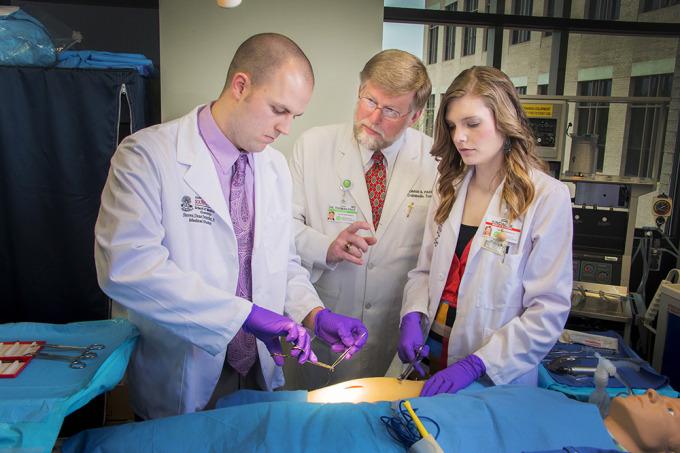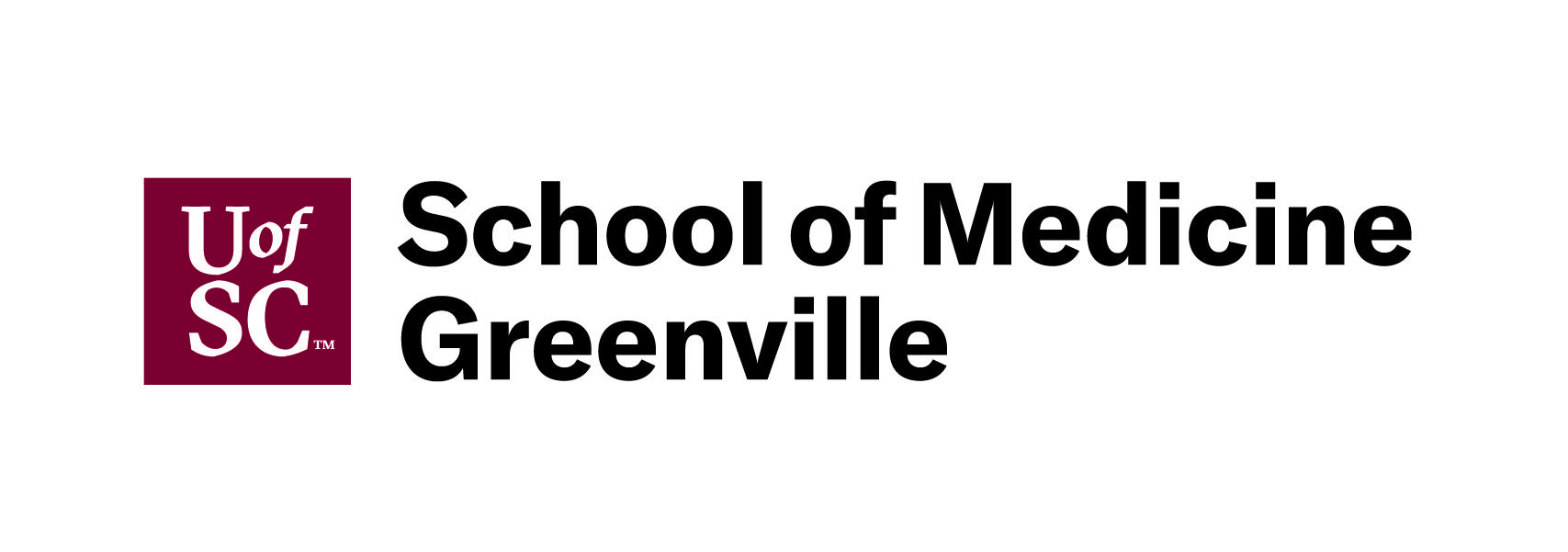
Get the latest articles delivered directly to your inbox!
Our Contributors
Class of 2022
Kyle Duke
Austin Foster
Charlotte Leblang
Ross Lordo
Class of 2021
Dory Askins
Connor Brunson
Keiko Cooley
Mason Jackson
Class of 2020
Megan Angermayer
Carrie Bailes
Leanne Brechtel
Hope Conrad
Alexis del Vecchio
Brantley Dick
Scott Farley
Irina Geiculescu
Alex Hartman
Zegilor Laney
Julia Moss
Josh Schammel
Raychel Simpson
Teodora Stoikov
Anna Tarasidis
Class of 2019
Michael Alexander
Caitlin Li
Ben Snyder
Class of 2018
Alyssa Adkins
Tee Griscom
Stephen Hudson
Eleasa Hulon
Hannah Kline
Andrew Lee
Noah Smith
Crystal Sosa
Jeremiah White
Jessica Williams
Class of 2017
Carly Atwood
Laura Cook
Ben DeMarco
Rachel Nelson
Megan Epperson
Rachel Heidt
Tori Seigler
Class of 2016
Shea Ray
Matt Eisenstat
Eric Fulmer
Geevan George
Maglin Halsey
Jennifer Reinovsky
Kyle Townsend
Join USCSOMG students on their journeys to becoming exceptional physician leaders.

Medicine Is Practiced
Our patient seized wildly in her hospital bed. A team of nine rushed into the room. One at the head of the bed called orders. Several held the patient gently, coaxing her tilt to one side. We were concerned about her airway. One listened at her chest for breath sounds. Another kept watch to ensure she didn’t choke on her tongue or vomit. But how did we know she was getting air?
Someone fit her with a nasal cannula and started oxygen at five liters per minute. Someone else checked her pulse ox. O2 sat. was 98 percent. We couldn’t be certain about the air, but signs suggested she was getting it for now. Someone started an IV and drew blood for tests. “BGL, BMP, tox screen, serum hCG…” called the leader. The rest of us wracked our brains – what other tests might tell us why she was seizing? Did her medical records shine light on the situation? We found her ID but no record of her in the system.
Had anything like this ever happened before? Did she have a history of seizures? Was she treated for those? Was she on any medication for seizures? Had she been taking that recently as prescribed? Was she on any other medications? Did she have any other health conditions that might have caused this? Does she have a doctor? Does she see anyone regularly for healthcare of any kind? Did she have any allergies? Did she do anything different today? What was she doing when this started? How long had she been seizing?
These and other questions rushed through my mind as I approached the woman at our patient’s bedside. Another team member started the inquiring, but it became quickly apparent: this woman didn’t know much about her friend’s health at all, at least not directly.
“Well, we aren’t that close,” the lady said, “She’s my neighbor, and I just visit her from time to time…”
“And does she live alone?” my partner asked with a gesture to the still-seizing patient.
“Nah, she lives with her husband,” said the friend. “I called him when I left for the hospital. He was at work, but he was gonna leave. So he should be on his way over here now.”
“Oh that’s good that you were able to get in touch with him and let him know what was going on,” I said, “Could we get his number from you so someone could call and ask if he knew anything about his wife having medical problems or anything like that?”
“Well, he’s on his way now,” she replied.
“That’s good,” I confirmed. And with perplexed realization, “Oh, is your number for him a work number?”
“No, it’s his cell phone,” she answered.
“That’s good,” I coaxed, persistently. “If we could have that number, we can try and get in touch with him, even though he’s on his way.” I had no clue where this guy worked, or how long it might take him to arrive. But I knew I might need answers sooner than that.
“Do you know what she was doing before she started having a seizure?” my partner asked.
The friend answered, “We were just sitting and chatting like we usually do…drinking iced tea.”
This launched me into a line of simple and/or open-ended questions with potential medical implications: Do you drink sweet tea? Did you snack on anything together, or had she already eaten lunch? Do you know if she ate breakfast? Did she mention anything happening earlier in the day? Did you all talk much about what you’d been up to? Did anything seem off? What was she acting like? How did she seem to be feeling? Did you notice any strange smells when you went to her house, or anything that smelled like she might have been cleaning before you got there? What do you think she was doing earlier in the day? What does she normally do? What kind of mood has she been in lately?
I thought back through shifts spent working as an EMT with school. What questions had paramedics asked in similar situations? What questions had paramedics asked in completely unrelated situations that still might be useful here? If someone didn’t understand a question, how had I heard it effectively paraphrased or rephrased?
I continued with my inquiry, further fueled by reflecting back on relevant ride times. Each answer told us all a little more about our patient’s condition. We didn’t know how observant or truthful this woman claiming to be a friend might be, but we knew our patient was still not responding. The friend might be able to help focus our inquiry or direct us towards other necessary labs. We needed to figure out what was going on with our patient faster. No one knew what was causing her seizures; it was safest to assume their cause to be time sensitive, requiring fast discovery and remedy.
But our patient didn’t get better. She stopped seizing after a little while, but never became responsive. This patient had never been responsive because she was a simulation mannequin. Her seizure and lung sounds were real, but much of her aliveness and the urgency of her condition had to be imagined. Our physician instructor served as our mannequin patient’s “neighbor/friend,” answering questions realistically and to suit the predetermined scenario. Teams of medical students managed mannequin seizures, utilizing very real skill sets to practice responding to that kind of situation.
Our reaction wasn’t seamless, but any failures or lessons learned came at no cost to the patient. Activities like this, particularly more realistic activities afforded by simulation centers on education technology’s cutting edge, help better prepare medical students for futures involving the management of real crisis situations with living patients. Cooperative skills, useful in field and hospital settings, can be practiced to reduce and eliminate unnecessary patient injury and expense.
Medicine is not a solo pastime that can be perfected; it is an ever-changing landscape, punctuated by giant teamwork flurries. It is a craft that can be endlessly improved upon. I cannot be grateful enough for innumerable instances provided by my school to cultivate and strengthen my burgeoning learning. Medicine cannot be learned; it can only be practiced. Medicine is well practiced here at USC School of Medicine Greenville.
EDITOR’S NOTE: Students at the USC School of Medicine Greenville receive clinical training at the Greenville Health Simulation Center, a world-class education and research facility that is part of Healthcare Simulation South Carolina.
Transforming Medical School Blog
Copyright 2021 USC School of Medicine Greenville



